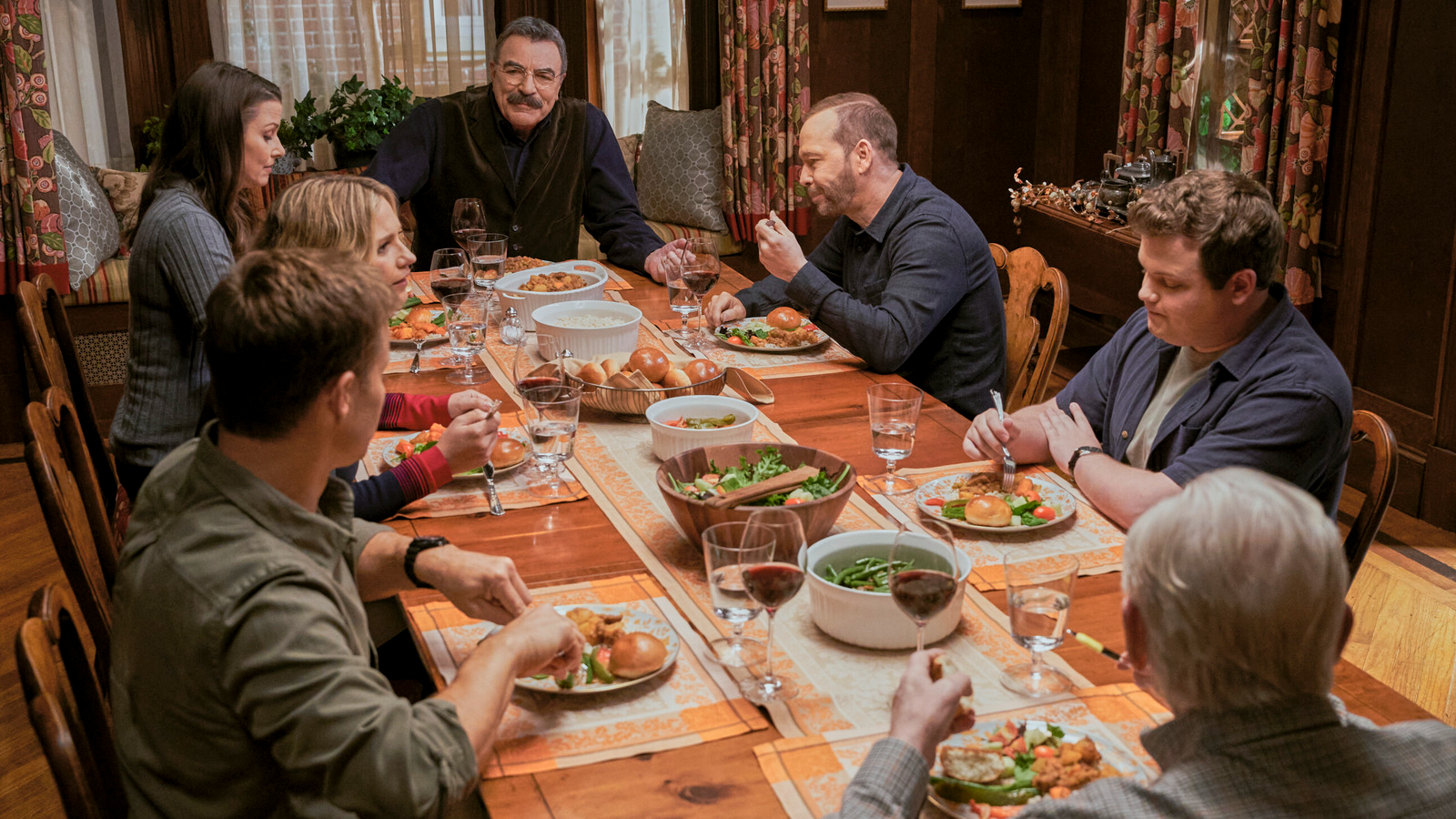
In today’s television landscape—defined by high-budget streaming epics, sensational twists designed to dominate social media, and experimental storytelling structures—it seems almost impossible for a traditional network drama to survive, let alone thrive. Yet Blue Bloods did exactly that for fourteen seasons. The CBS series not only maintained a loyal viewership but also became a dependable anchor of Friday night programming, proving that authenticity and emotional resonance can still outperform flashy gimmicks.
At its core, Blue Bloods succeeded by embracing a grounded storytelling approach. While many crime dramas lean heavily on shock value—explosive action scenes, grisly crimes, or season-long mysteries—Blue Bloods took a different path. Its weekly cases mattered, but they were rarely the main attraction. Instead, the focus remained on the human element: moral gray areas, interpersonal conflict, and the daily reality of life in law enforcement.
The show’s formula was simple but effective. Each episode followed several parallel threads—Danny investigating a case with fiery determination, Erin navigating the complexities of the legal system, Jamie balancing idealism with the realities of patrol work, and Frank making leadership decisions that often felt impossible. These storylines intersected thematically, offering multiple perspectives on issues facing New York City and the justice system as a whole.
This interwoven structure ensured narrative depth without relying on spectacle. Many series chase viewer retention through cliffhangers or shocking revelations, but Blue Bloods built trust by maintaining a predictable yet emotionally rich rhythm. Audiences knew they weren’t tuning in to be startled—they were tuning in to reflect, to empathize, and to understand the human cost of public service.
 One of the show’s most compelling strengths was its willingness to explore contemporary issues without preaching or oversimplifying. Episodes addressed police accountability, racial tensions, mental health crises, political pressure, addiction, and corruption. Instead of taking a singular stance, Blue Bloods presented its characters as flawed individuals trying to navigate these topics with integrity.
One of the show’s most compelling strengths was its willingness to explore contemporary issues without preaching or oversimplifying. Episodes addressed police accountability, racial tensions, mental health crises, political pressure, addiction, and corruption. Instead of taking a singular stance, Blue Bloods presented its characters as flawed individuals trying to navigate these topics with integrity.
This balance of viewpoint was particularly evident during national conversations about policing. While dramatized for television, the series acknowledged real-world complexities and allowed the characters to question themselves and each other. This approach helped the show maintain credibility and respect among diverse viewers, many of whom appreciated the thoughtful representation of law enforcement challenges.
The emotional anchor of the series—the Reagan family dinner—further contributed to its staying power. These scenes became synonymous with the show’s identity, offering a space for honest dialogue in a world often dominated by noise. Characters disagreed vigorously, defended their beliefs passionately, and were forced to confront uncomfortable truths. Yet they always returned to the table, reinforcing the show’s recurring message: difficult conversations are necessary, especially among people who care deeply about each other.
The simplicity of the dinner scenes was part of their magic. No dramatic music, no flashy camera work—just characters speaking from the heart. In a television ecosystem addicted to spectacle, this minimalism felt refreshing.
Another key factor in the show’s stability was its cast chemistry. Donnie Wahlberg, Bridget Moynahan, Will Estes, and Tom Selleck created a believable family dynamic that evolved naturally over the years. Their performances remained consistent, even as their characters faced losses, promotions, romances, and personal changes. This emotional continuity reinforced the show’s sense of comfort and reliability.
The series’ Friday night time slot—once considered a “death slot”—became an advantage. Blue Bloods became a ritual for many households, especially viewers who preferred thoughtful drama over fast-paced TV. While streaming services targeted younger demographics, Blue Bloods connected deeply with multi-generational audiences who valued narratives centered on family, service, and honor.
Critics have noted that Blue Bloods rarely sought reinvention. Instead, it performed a remarkable balancing act: staying consistent without becoming stagnant. Small shifts in character arcs—Jamie’s rise in rank, Erin’s expanding responsibilities, Danny’s evolving grief—kept the show emotionally alive. It was never about topping previous seasons but about deepening the world it had created.
As the series concludes, the question emerges: what does its success mean for the future of traditional network television? Blue Bloods proves that audiences still crave sincerity. Viewers don’t always need twists—they need characters who feel real, stories that resonate, and themes that reflect the world around them.
Its legacy is a reminder that television doesn’t have to shock to make an impact. Sometimes, all it needs is heart, honesty, and a dinner table where difficult truths are spoken.
